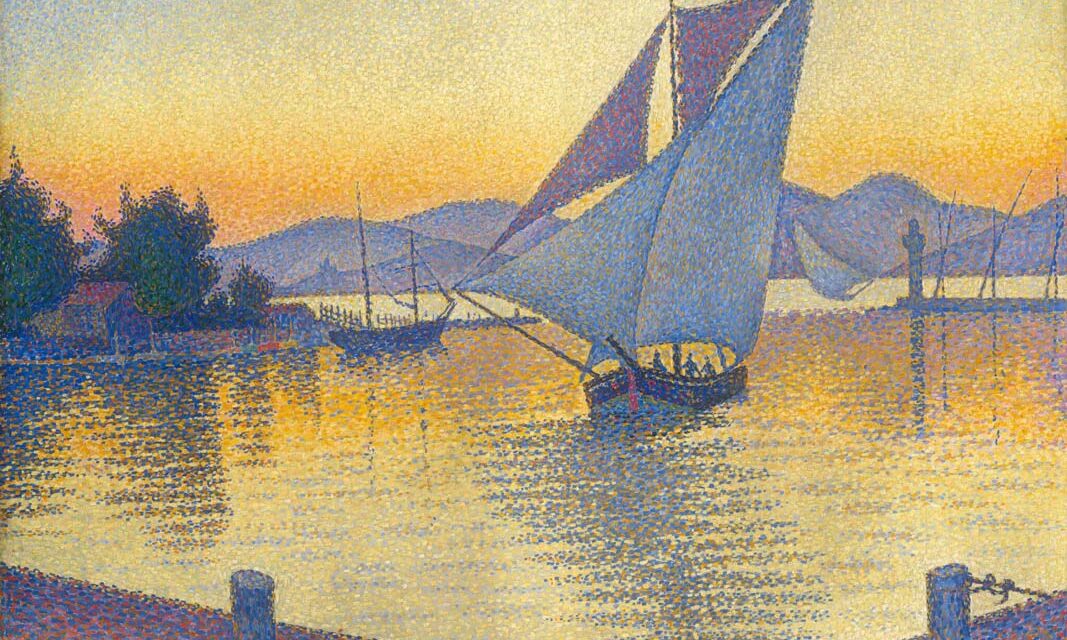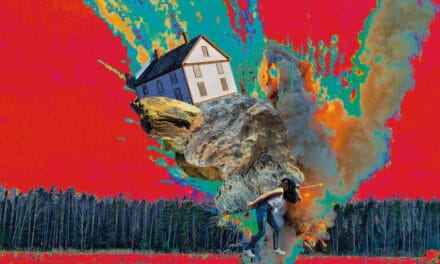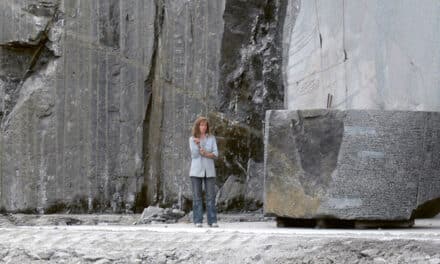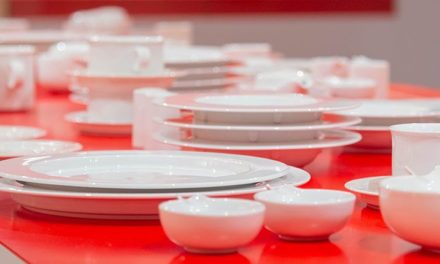The Museum Barberini in Potsdam permanently displays the extensive collection of Impressionist and Post-Impressionist paintings by museum founder Hasso Plattner - including masterpieces by Monet, Renoir and Signac.
With 34 paintings by Claude Monet, nowhere else in Europe outside Paris can more works by this artist be seen in one place. The collection of paintings by Caillebotte, Pissarro, Signac, Sisley and Vlaminck is also unique in Germany. Claude Monet, Camille Pissarro, Pierre-Auguste Renoir and Alfred Sisley came together as a group in the 1860s and revolutionized art with light-flooded landscapes that liberated themselves from the traditional pictorial themes of their time. In 1874, they became known as the "Impressionists", who preferred to paint in the open air and capture fleeting sensory impressions as directly as possible on canvas.
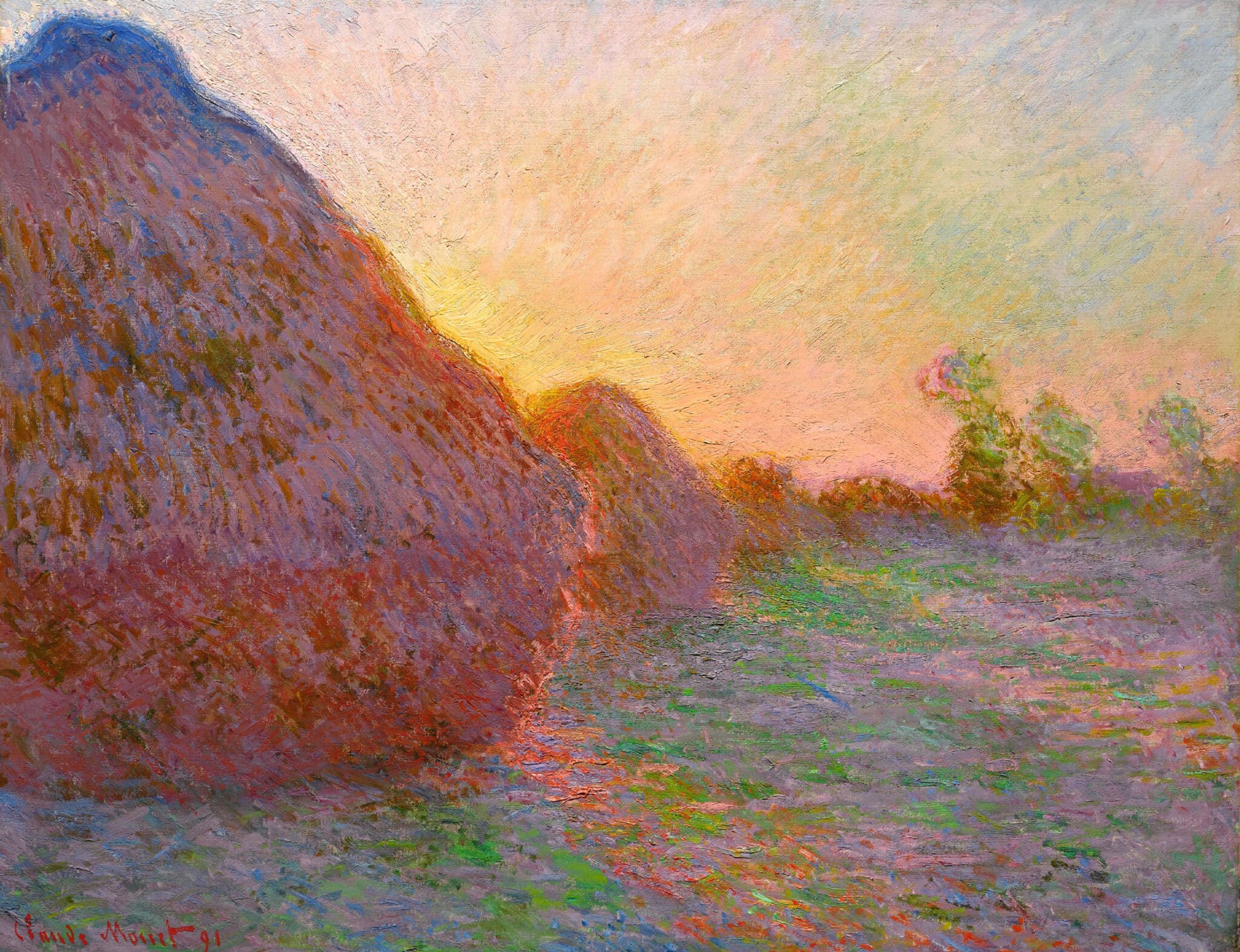
Claude Monet. Grainstack, 1890, oil on canvas, 73 x 92.5 cm. Hasso Plattner Collection
Artists such as Berthe Morisot, Paul Cézanne and Gustave Caillebotte joined this new art movement. More than a decade later, artists such as Paul Signac and Henri-Edmond Cross continued to develop the painting of these pioneers. In their Neo-Impressionist paintings, too, the turn to landscape remained linked to the liberation of color - an aspect that once again underpinned the intensely colorful compositions of the Fauvists such as Maurice de Vlaminck and André Derain in the early 20th century. Impressionists, Neo-Impressionists and Fauvists followed the ideal of using light and color to make nature tangible to the senses.
Since 2000, museum founder Hasso Plattner's collection has focused on Impressionism: "The paintings directly involve us as viewers. We feel the wind on our skin and the temperature of the water when we watch Monet's sailing boats on the Seine. No other art achieves this. The Impressionists are communication geniuses," explains Hasso Plattner.
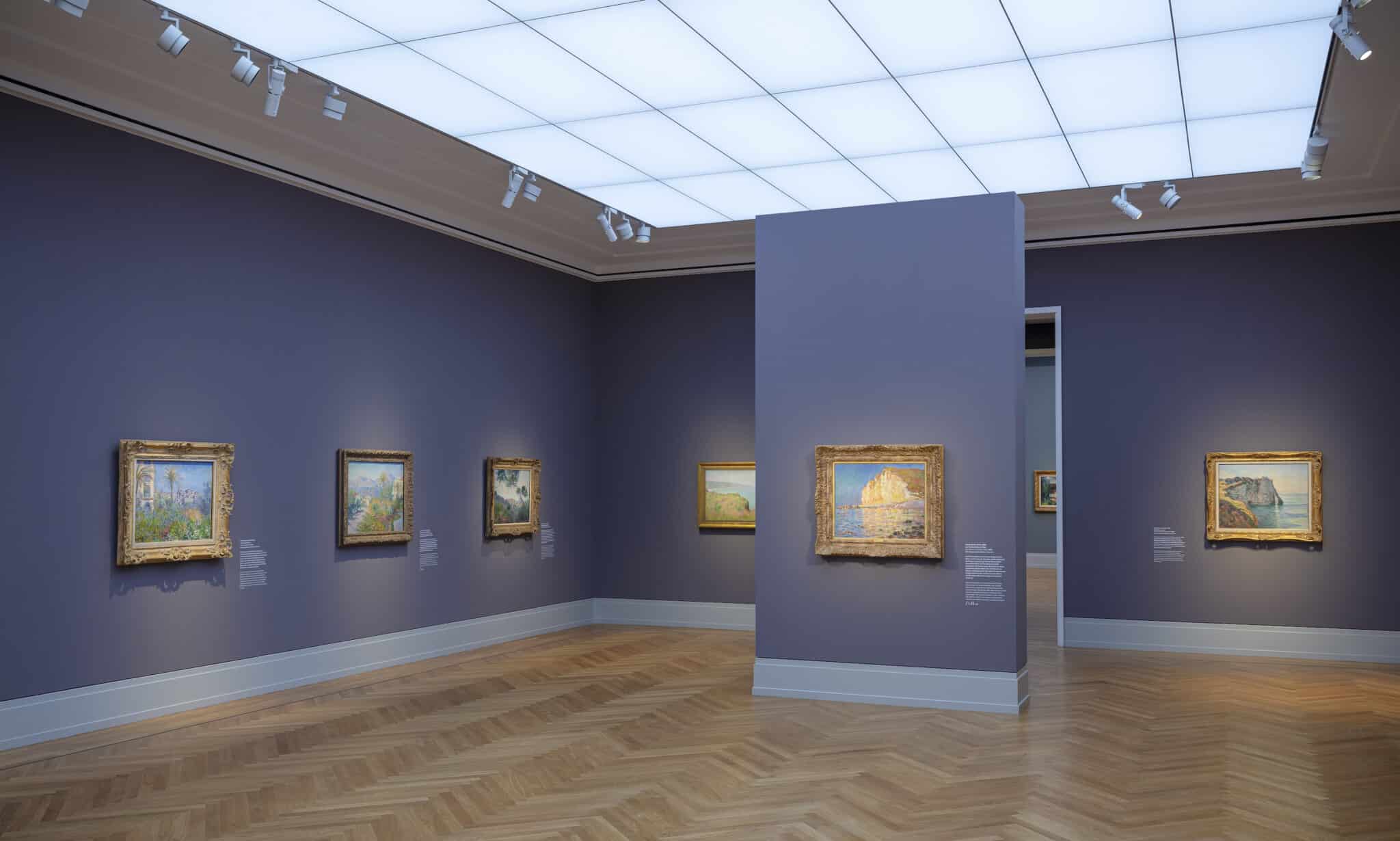
Hasso Plattner Collection, Museum Barberini, Potsdam © David von Becker
The presentation of the collection at the Museum Barberini spans the period from the 1860s to the early 20th century and brings together works from three generations of artists who often worked together, traveled to the same places for their paintings and inspired each other. Based on eight central themes, the show offers the opportunity to trace the development of French landscape painting in the styles of Impressionism, Neo-Impressionism and Fauvism. Ortrud Westheider, Director of the Museum Barberini, on the significance of the collection presentation: "There is no comparable collection that could show the landscape painting of the French Impressionists so comprehensively and the development as well as the iconography so conclusively. Visitors can learn not only about the history of this fascinating art movement, but also about the further development of landscape painting by the Neo-Impressionists and Fauvists through our works."

